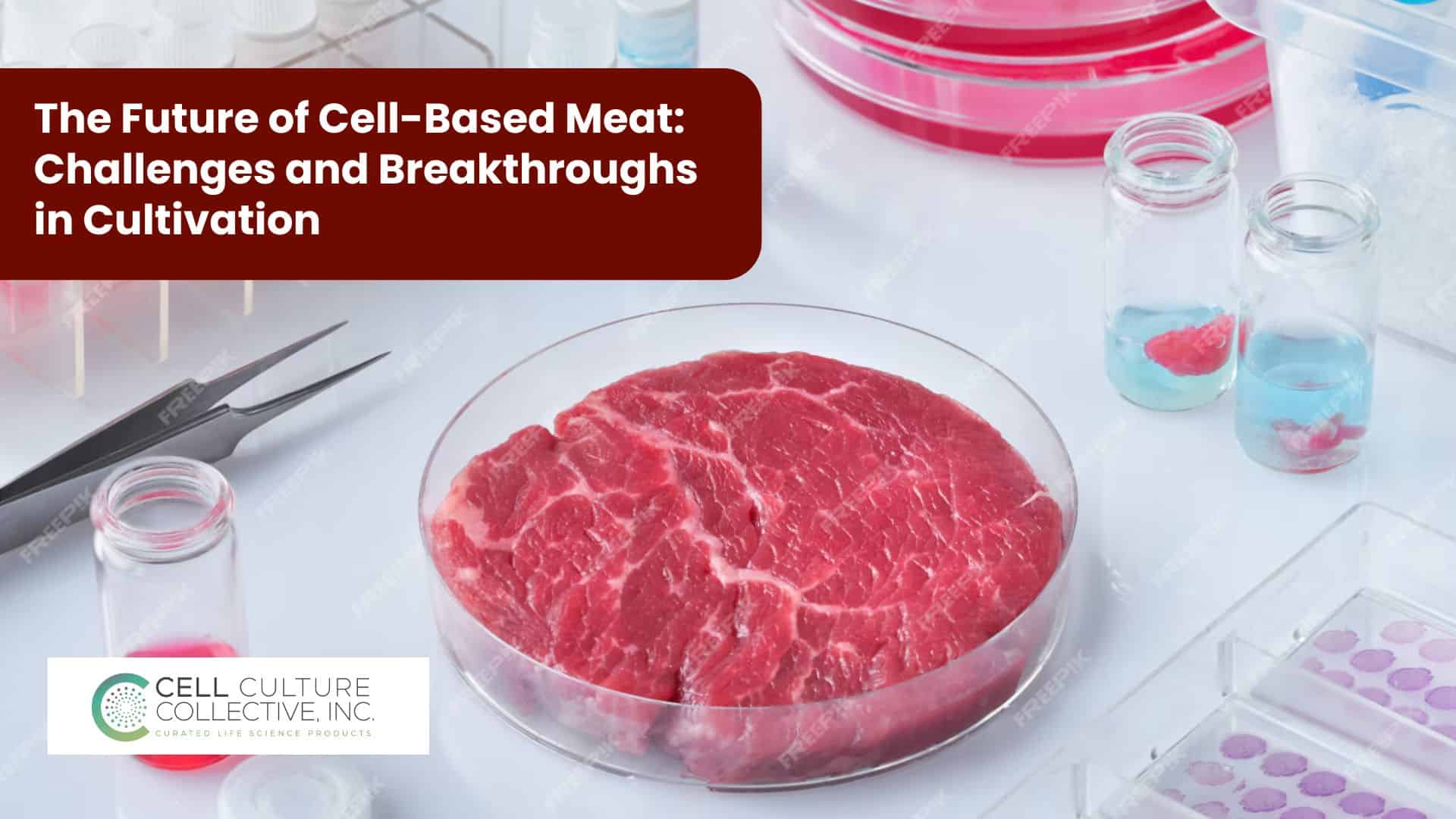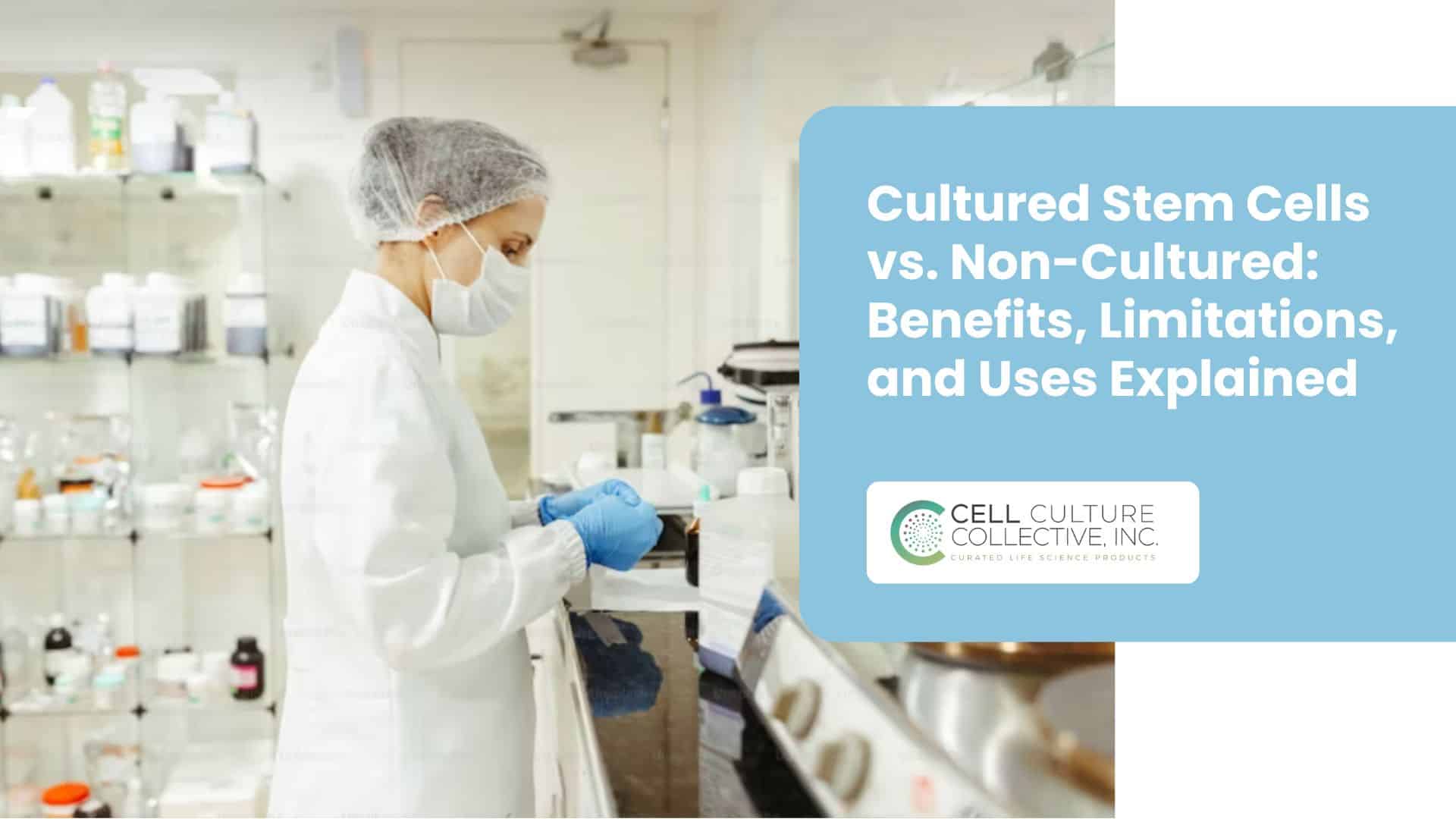🧪 Exciting News! We’ve launched our New Lab Program - empowering innovation with cutting-edge research facilities. <a href="https://cellculturecollective.com/new-lab-program/" target="_blank">Explore Now! 🔬</a>
🧪 Exciting News! We’ve launched our New Lab Program - empowering innovation with cutting-edge research facilities. <a href="https://cellculturecollective.com/new-lab-program/" target="_blank">Explore Now! 🔬</a>


















